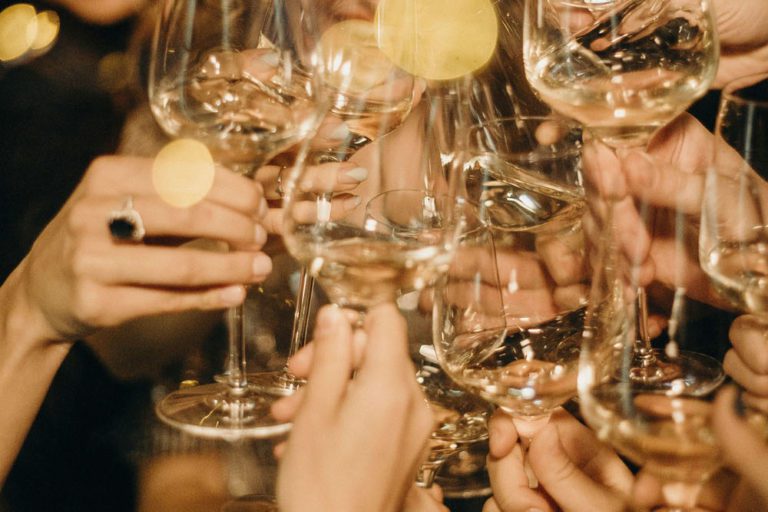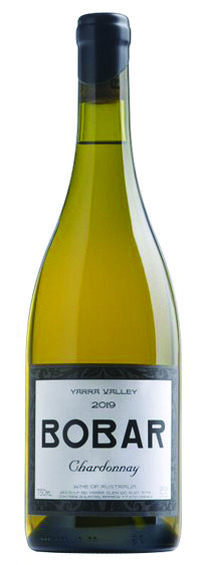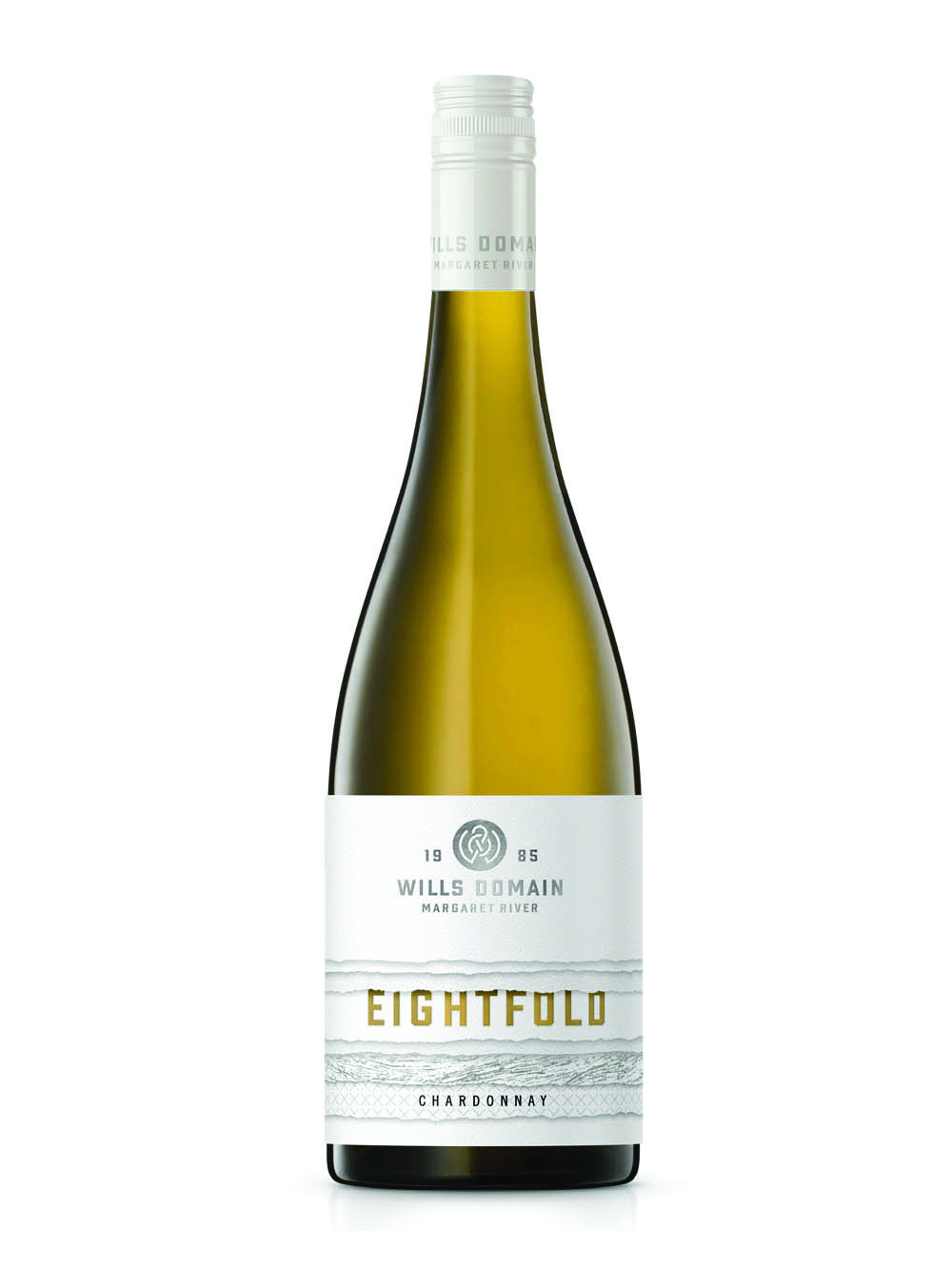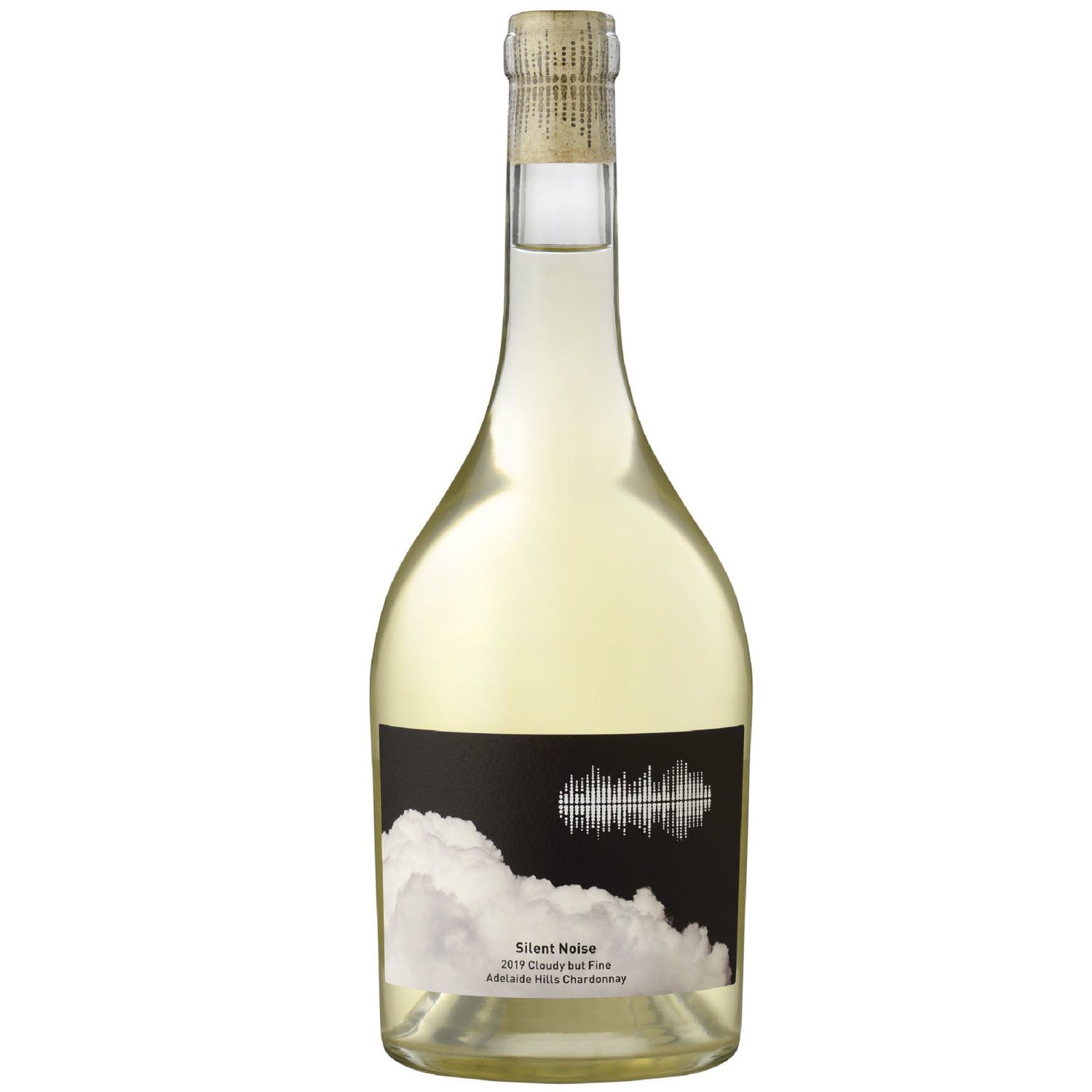WINE
Naked, new school or old school?

WORDS: Peter Panousis – Peter Pan Wine PHOTOGRAPHY Supplied
Chardonnay is a great all-year-round wine, but nothing says summer time more than tucking into one of the world’s most cultivated grape varieties.
CHARDONNAY offers much diversity and really suits a number of palates and tastes.
It can be made without the presence of oak, lightly oaked or thick, creamy and oaky. But one thing remains constant when it comes to drinking Chardonnay – drink it at the right temperature. A common mistake in summer is to drink all whites bitterly cold and Chardonnay is a wine not to be served too cold or too warm. The experts say around 10 -13 degrees celsius is the ideal drinking temperature. If the temperature is too cold, it can mask the delicate flavours of Chardonnay and make the acidity coarse.
A recent Wine Decanter article written by Ellie Douglas states: “If wines get too cold, at a certain point a wine will become so angular and sharp-edged that it becomes unpleasant. It’s like you’re left with only the bones of a wine without any of the flesh – the fruits, florals, spice – that makes it individual and enjoyable.” On the other hand, too warm and Chardonnay will taste alcoholic and ‘flabby’ on the palate. To drink Chardonnay well is to know Chardonnay well.
What is Chardonnay?
It is claimed Chardonnay’s origins began in France around the 1300s and the variety takes its name from a small commune in the Maconnais, an area in the southern part of Burgundy. However, recent DNA profiling by the University of California suggests Chardonnay is a cross between a rare and nearly extinct grape variety, Gouais Blanc, and a member of the Pinot family. Gouais Blanc’s origin is said to be from Croatia, a variety the ancient Romans transferred and planted in France during their empire-building era. As nature took its course, Pinot Noir and Gouais Blanc got together and voila – Chardonnay!
In Australia, Chardonnay arrived with the James Busby collection of cuttings in the 1800s and is now widely planted throughout the land. However, it wasn’t until the 1970s the variety gained prominence. In 1967, a very young Murray Tyrrell “jumped the barb-wire fence to ‘liberate’ Chardonnay cuttings from Penfolds experimental HVD vineyard”. These cuttings reputedly went on to become the basis for Tyrrell’s successful Vat 47 Chardonnay, released to a highly receptive market in 1972. In a twist of fate, Tyrrell’s bought the HVD vineyard in 1982. Enter the growth of Chardonnay in Australia.
Chardonnay grapes are round in shape and form tight clusters within medium-sized bunches. Specifically, the grapes are small, thin-skinned and are relatively fragile. As the Chardonnay grape matures, it turns from green to golden in colour. Acidity tends to be low to medium in warmer climates and medium to high for grapes grown in cooler climates. When made into wine, the tannins are usually low while the body tends to be anywhere from light-medium to full-bodied in weight. Fruit nuances tend to range from lime, citrus and pear for early-picked, cool-climate grapes to ripe stone fruit, pineapple, fig, vanilla and beeswax notes for late-picked grapes or grapes matured in warm climates.
Oak aging will also impart flavours to the wine including toast, hazelnut, cashew nut, vanilla, pie crust, praline, crème brulee, caramel and coconut. With more than 30 different clones available, the diversity of flavours is vast and varied in Chardonnay.
Naked, new school or old school
Essentially there are four styles of Chardonnay and they are Blanc de Blanc sparkling, unoaked, new school and old school. Blanc de Blanc, a French term which translates to white of white, refers to sparkling wine made entirely from white grapes, usually Chardonnay. Sparkling wine made in the Blanc de Blanc style is fresh and creamy. Crisp, clean and with notes of lemon, citrus, apple or vanilla, hazel/cashew nut and brioche are just some of the flavours associated with Blanc de Blancs. They can be made light and or richer in style but are usually good aperitif styles. They age well and can develop more complex nuances.
The naked or unoaked style receives no oak barrel aging. Instead, the grape juice is fermented in stainless steel which allows the fruit to shine. I giggle when someone says I don’t drink Chardonnay but he or she orders a Chablis. To be clear, Chablis is a Chardonnay from a small part of Burgundy, France, where no to little oak is added. However, many premium Chablis undergo some minimal oak treatment. Unoaked Chardonnay is usually bright, lean and refreshing, thus allowing the fruit to shine and display floral citrus, lime and pear with piercing acidity and minerally saline characteristics.
Like unoaked Chardonnay, new school wines are usually light in weight and undergo minimal oak treatment. That is, receiving old oak barrel treatment, light toasted oak and for periods of less than six months. They are lighter and fresher, with more floral and citrus notes than old school Chardonnay. As Dave McIntyre noted in a Washington Post article: “Today, winemakers tend to ferment only a portion of the wine in new oak, reusing older barrels for the rest. That results in a more balanced wine and saves money on expensive barrels.”
Old school chardonnay is often referred to as the classic style. This style undergoes long periods of time in oak (eight months or more) and malo-lactic fermentation, a process which relies on yeasts to convert the apple type acidity from grapes to much softer and richer lactic acid which is associated with milk, butter or cream products. One of the by-products of chemical reactions produced by this process is diacetyl, which contributes to the buttery flavour associated with old school Chardonnay. But note, an old school Chardonnay should not taste like a tree or a bucket of popcorn. This classic style has its place – especially with Gen X and Boomers.
Where does Chardonnay grow best?
Chardonnay is an easy grape to grow and adapts well to its surroundings. This is of particular interest to the winemaker as Chardonnay reflects the terroir, or place and climate of cultivation – a blank canvas for the artist, so to speak. The variety is grown abundantly throughout the world yet, arguably, the best examples are found in the Burgundy appellations of France. The Champagne appellation clearly is another region where the Chardonnay grape grows particularly well.
Other regions where the grape variety grows well include California and Oregon, in the US, New Zealand, South Africa, Italy, Greece and Argentina.
Here in Australia, top-quality Chardonnay is grown in the cool-climate vineyards of Victoria in the Yarra Valley, Beechworth, Mornington Peninsula, Geelong, Henty, and King Valley. Tasmanian Chardonnay is amazing, especially from the east coast or Coal River Valley just north of Hobart, or the northern regions of Launceston and the Tamar, and right down to the southern parts of the island just outside of Hobart. Margaret River is another famous Chardonnay producing area known for its rich flavours. Add the Great Southern to the mix and its sub-region, Mount Baker, too, for their minerally styles. In South Australia, look for Chardonnay from the Adelaide Hills, Eden Valley, Coonawarra and the warmer Barossa Valley. NSW and the ACT both produce very good Chardonnay, especially from Orange, the Hunter Valley or the very cool climate regions of Tumbarumba and the Canberra districts. You can also add the Granite Belt, in Queensland, to the mix.
Why Chardonnay?
Chardonnay is one of the most-planted grape varieties in the world and is easily and widely available. It is one of the noble grapes with a long history to match, therefore for the true wine aficionado, it’s Chardonnay all the way. Stylistically, it is usually made dry to taste with either no oak or oaked, light crisp and minerally or old school rich and buttery. Therefore, Chardonnay can suit a number of palates and tastes. Chardonnay can be relatively cheap and mass-produced, middle of the road or a fine, expensive wine. Therefore, it can suit all budgets and occasions.
Chardonnay is super food-friendly and pairs well with summer eating – from fresh natural oysters with unoaked Chablis or new school Chardonnay through to old school chardonnays for salads with creamy dressings, shellfish like lobster in butter sauce, fresh scallops or even creamy pasta dishes. A Chardonnay served at the right temperature will work with roast chicken or pork. Ever try a Chardonnay with a risotto, or a creamy brie or camembert? You will now – delicious!
What to consider
From the Yarra Valley, Bobar Chardonnay comes to mind. Tom Belford, the owner and winemaker of Bobar, is regarded as one of the early pioneer winemakers of natural wine and is certainly one of the first for Yarra Valley. The Belfords discovered natural wine on their travels to France in 2007. After arriving back in Australia, Tom and Sally followed their dream, making Bobar’s first vintage in 2010. During the past six months, I’ve been following the progress of the Bobar 2019 Chardonnay and it never fails to impress. The fruit is hand-picked from just below the Christmas Hills vineyards, then whole bunch pressed with the juice running straight into seasoned, old French oak. The wine is bright, with stone fruit and citrus on the nose, while also showing praline and nuts too. The palate weight is rich and rounded, finishing with soft, creamy acidity. It’s simply delicious, well-structured and clean.
One cannot mention Chardonnay without mentioning Margaret River. Eightfold Chardonnay is a pure delight. The wine is made by the good people of Wills Domain, a 5 Star rated winery by James Halliday established in 1985. The fruit is sourced from their Yallingup estate, hand-picked, whole bunched pressed followed by a natural yeast ferment in seasoned barrels. The wine received about 25 per cent malo-lactic fermentation followed by lees stirring, which also helps to develop the texture of this wine. After eight months in both new and old oak, the wine is characteristically Margs! The nose is vibrant, with notes of lime, stone-fruit and cashews. The palate is rich, complex and textural. I would easily pair this wine with shellfish and butter, creamy pasta and roast pork.
From Eden Valley, try the Brockenchack Charli Jaye Chardonnay. Brockenchack vineyard was established in 2007 and is now owned by Trevor and Marilyn Harch. Interestingly, Brockenchak is named after the initials of their four grandchildren Bronte, Mackenzie, Charli and Jack. The wines are expertly made by Shawn Kalleske (of the historical grape-growing family of Barossa) and Joanne Irvine (daughter of the famous James Irvine the King of Merlot in this country). The wine shows notes of pear and vanilla with layers of apple pie. There is bright oak spice and the wine is medium in weight and body, finishing with minerally fresh acidity. The wine recently won a Gold Medal at the Melbourne International Wine Competition. This wine is perfectly matched with fresh chilled seafood or grilled fish in beurre blanc or sipping with creamy brie sitting on the veranda.
And finally, one of Australia’s youngest winemakers is Charlie O’Brien’s Silent Noise Cloudy but Fine Chardonnay. Twenty-three year old Charlie has honed his craft here in Australia with Gemtree wines, Pike & Joyce, Mosswood and overseas for Paul Mas in the Languedoc and Château Haut-Bailly in Bordeaux. Charlie combines old-world rigger with clean, modern winemaking techniques, so his wines are both unique and interesting, a craft he no doubt practised at his parents’ Kangarilla Road vineyard.
Charlie sources fruit from a number of vineyards including his parent’s Kangarilla Road sites, Ashley Ratcliff’s Ricca Terra Farms and from close family friends who own vineyards in the Adelaide Hills region. Although Charlie is relatively young, he has accomplished many accolades in winemaking including recently winning four trophies at the McLaren Vale Wine show for his MF Grenache. His Chardonnay, as the name suggests, is cloudy, which has been achieved by “stopping the winemaking process of stabilising the wine because it tasted so awesome” he didn’t want the wine’s gorgeous notes to be lost. The fruit was sourced from the Adelaide Hills and is elegant, with soft acidity and a creamy mouthfeel. There are notes of apricot lime and citrus on the nose and palate. Pair this wine with fresh seafood dishes.
Enjoy and happy but safe drinking.
You can catch Peter on Facebook and on Twitter & Instagram as @peterpanwine. About the author: Peter Panousis is a Fine Wine Consultant who has worked for leading wine companies for over 16 years. Raised on the Gold Coast Peter has operated many restaurants and cafes and is formally educated with a Degree in Hospitality Management, and he eventually owned two award-winning restaurants. Peter has also completed a Master’s degree and a Certificate IV in Adult Training. In wine, Peter is WSET trained and certified and has undertaken extensive wine education courses. He is also a former Member of ASVO (The Australian Society of Viticulture and Oenology), and a former Associate Fellow of AIM (Australian Institute of Management).
Raised on the Gold Coast, Peter Panousis is a Fine Wine Consultant who has operated many restaurants and cafes. Formally educated with a Degree in Hospitality, Peter is WSET trained and has undertaken extensive wine education. He is also a Member of ASVO (The Australian Society of Viticulture and Oenology), and an Associate Fellow with AIM (Australian Institute of Management). See more from Peter @peterpanwine on Facebook, Twitter and Instagram.












